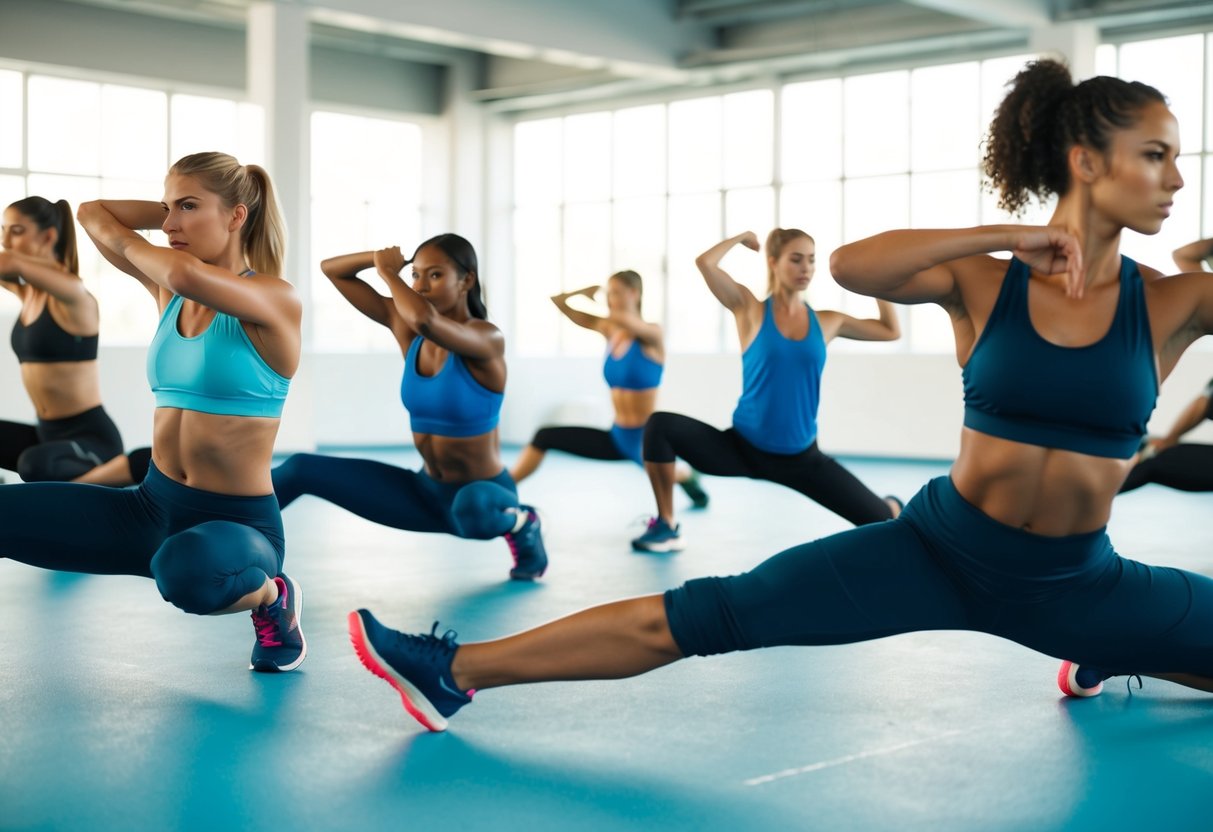
Before launching into an intense workout, many overlook the crucial step of dynamic warm-up routines. Incorporating a dynamic warm-up not only prepares the body by increasing blood flow but also enhances flexibility and activates muscles efficiently. These routines are more stimulating than static stretches and involve active movements that mimic the exercises to come, priming the muscles and joints for the workout ahead.
Dynamic warm-ups offer a multitude of benefits that can significantly elevate exercise performance. Engaging in a sequence of movements tailored to your workout boosts overall coordination and agility. This type of preparation not only helps prevent injuries but ensures each muscle group is ready for action, leading to a more effective workout session.
Athletes across various disciplines have embraced dynamic warm-ups due to their ability to improve range of motion and muscle responsiveness. By integrating these routines into your fitness regimen, you can achieve greater efficiency and performance in your exercises. As awareness of these benefits grows, the dynamic warm-up is becoming an essential component of any well-rounded fitness plan.
The Science of Dynamic Warm-Ups
Dynamic warm-ups are critical in preparing the body for physical activity. They focus on enhancing flexibility, range of motion, and overall mobility to optimize performance and minimize the risk of injury.
Understanding Dynamic Stretching
Dynamic stretching involves active movements that take joints and muscles through their full range of motion. Unlike static stretching, which requires holding a position, dynamic stretches prepare the body through movement. This type of stretching increases blood flow and warms up muscle tissues, enhancing flexibility and mobility.
By incorporating dynamic stretching, athletes may improve their agility and coordination, which are crucial for complex movements in sports. It also helps in activating muscle groups that are specific to the workout or sport, making them ready to perform at their best. This form of stretching is particularly effective in reducing muscle stiffness.
Comparing Dynamic and Static Stretching
Dynamic and static stretching each offer unique benefits. Dynamic stretching is usually performed at the beginning of a workout session. Its purpose is to prepare the body for more intense physical activity by gradually ramping up muscle activity and heart rate.
Static stretching, on the other hand, is more beneficial post-exercise. It involves holding a stretch for a prolonged period, aiding in reducing muscle tension and promoting flexibility. Dynamic stretching focuses on preparing muscles for peak performance, while static stretching facilitates recovery. Understanding when and how to use each can greatly enhance workout effectiveness.
Key Benefits of Dynamic Warm-Ups
Dynamic warm-ups provide essential advantages for athletes and fitness enthusiasts. They enhance performance and reduce injury risks by preparing the body for physical activity.
Enhanced Athletic Performance
Dynamic warm-ups increase heart rate and blood flow to muscles, preparing them for more vigorous activity. Exercises like high-knees or arm circles activate muscles, improving agility, speed, and power. This preparation can lead to better performance during training or competition. Athletes often notice improvements in their range of motion and flexibility after incorporating these routines, allowing for more efficient and effective movements. When muscles are adequately primed, the body can respond more swiftly and forcefully, supporting optimal athletic output.
Injury Prevention Strategies
Preventing injuries is a key focus for athletes, and dynamic warm-ups play a crucial role. These routines gradually increase muscle temperature and flexibility, minimizing the risk of strains or sprains. By engaging muscles through controlled movements, such as lunges or leg swings, athletes can strengthen stabilizing muscles and joints. This controlled approach helps to create a protective effect against common injuries. The focus on movement patterns similar to training further conditions the body to handle the physical demands placed upon it.



